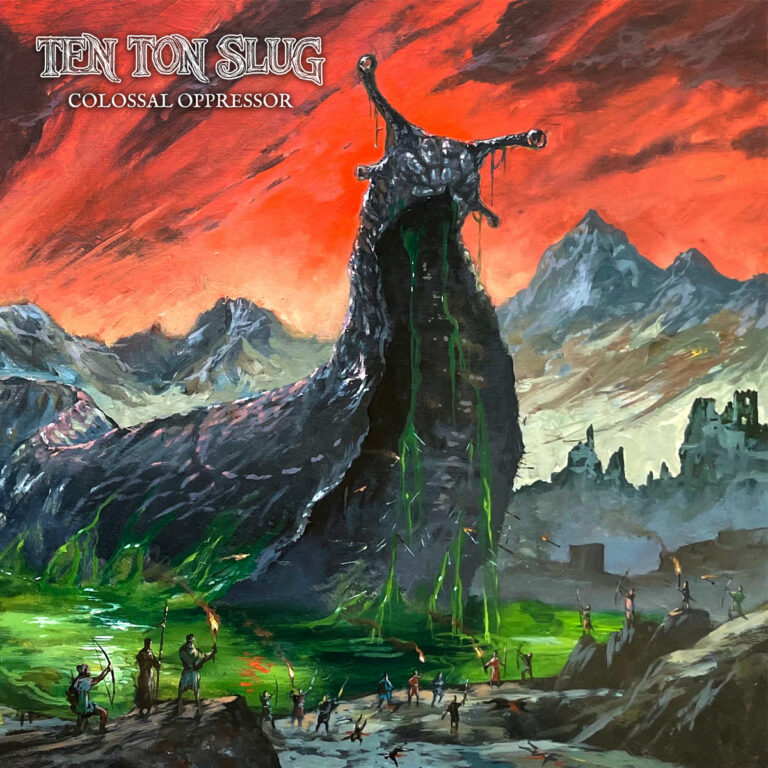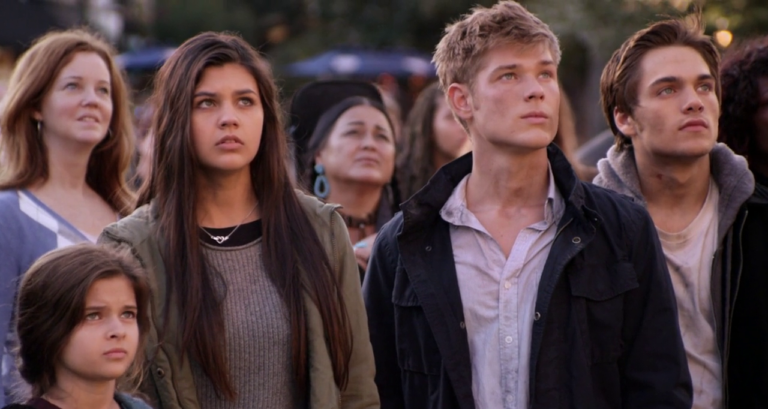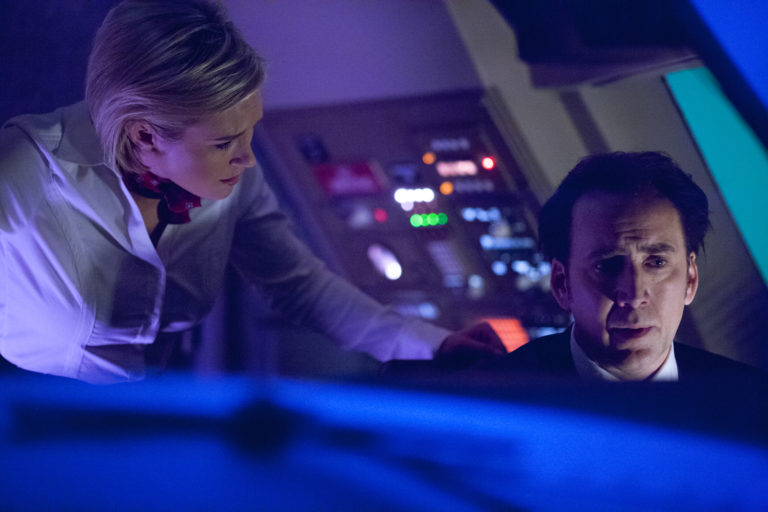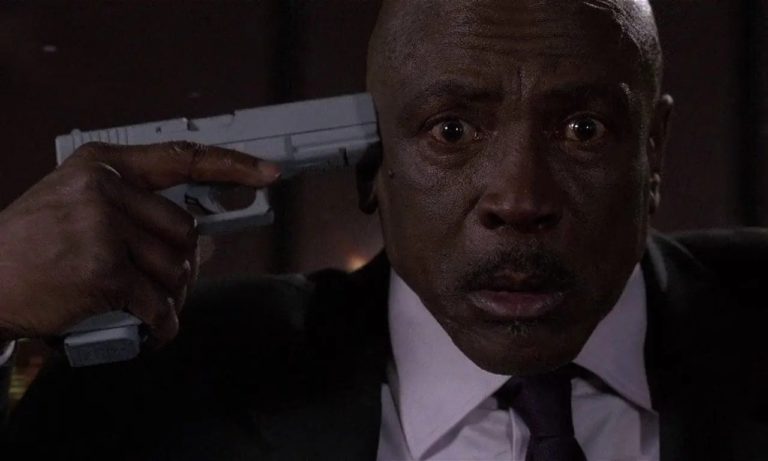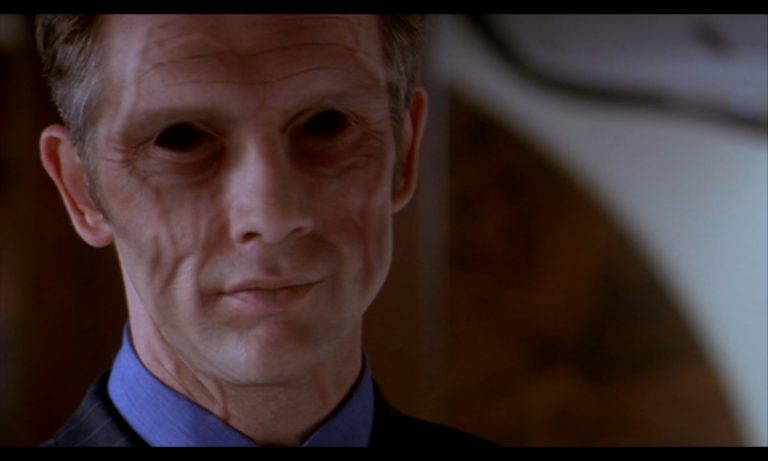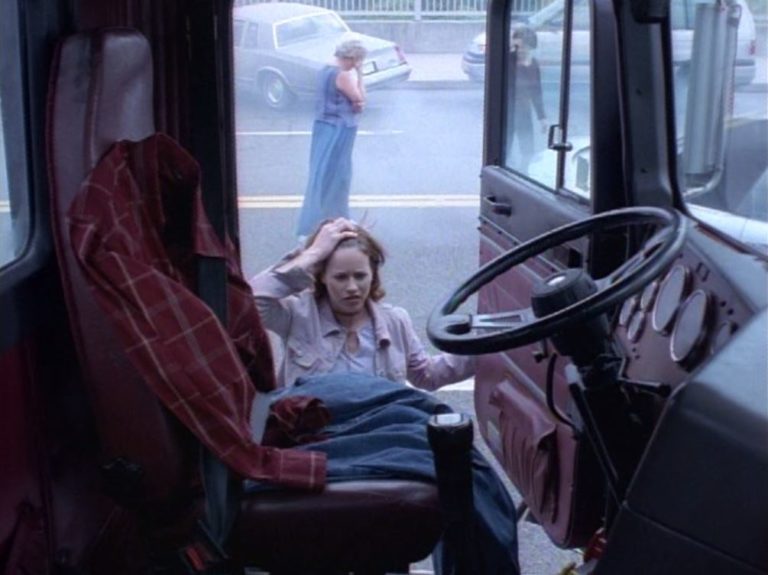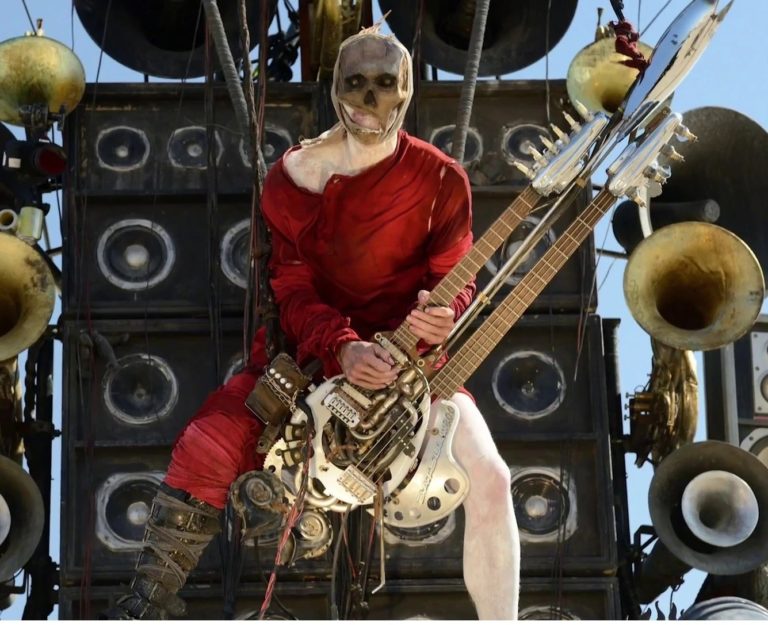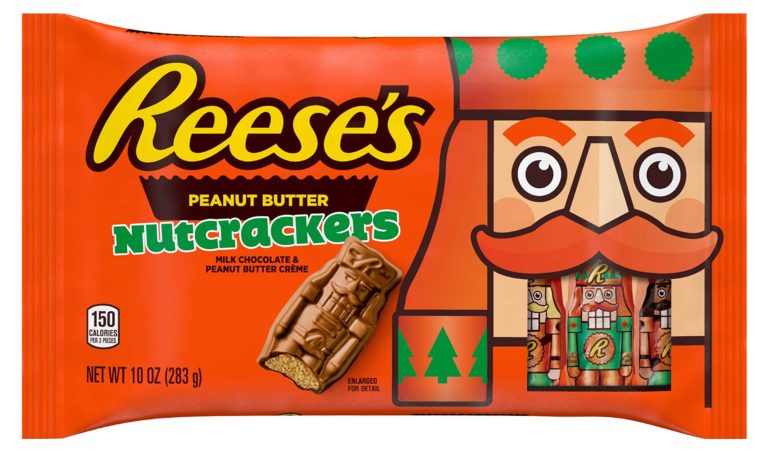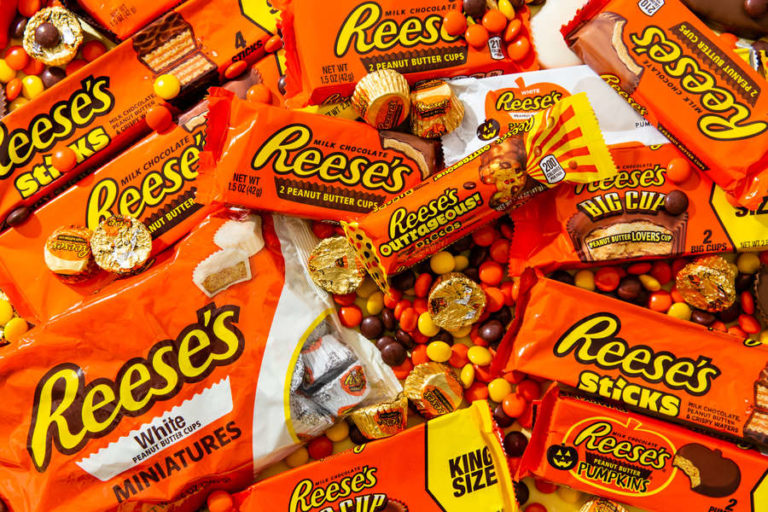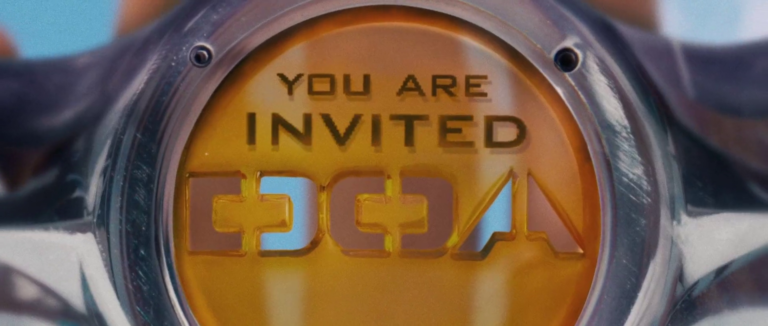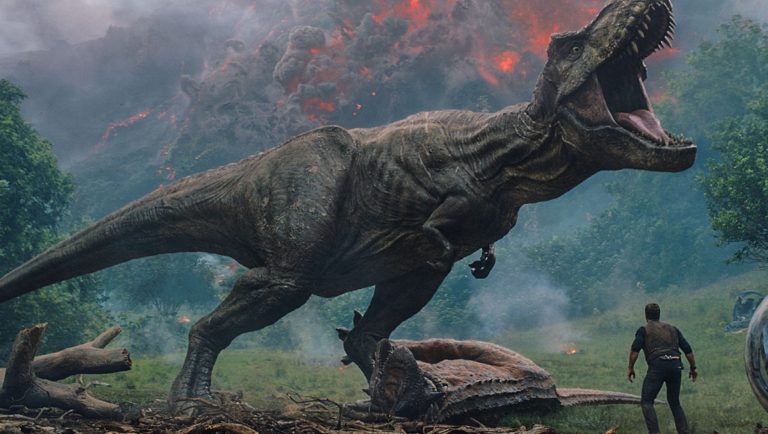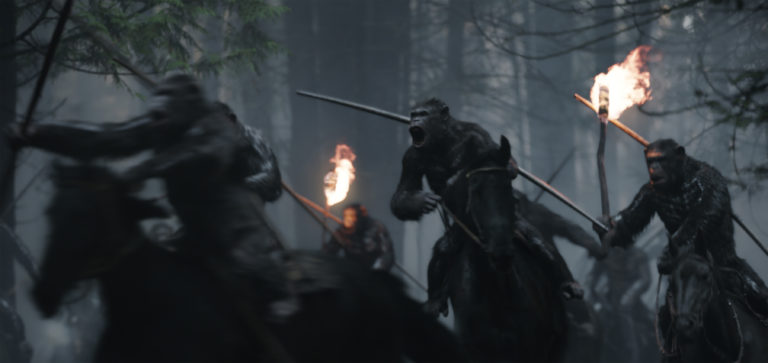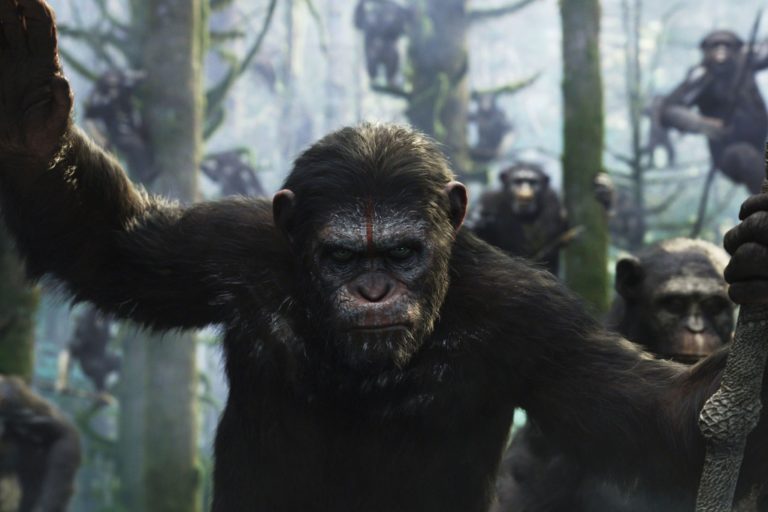Man, when I started this blog thirteen years ago, I never would have expected that I’d manage...
reviews
Welcome back to my annual music countdown! As is tradition here on IC2S, I go back through...
Welcome back to the Left Behind retrospective! In this entry we’ll be going over the fifth film...
Welcome back to the Left Behind retrospective! In this entry we’ll be going over the fourth film...
Welcome back to the Left Behind retrospective! In this entry we’ll be going over the third film...
Welcome back to the Left Behind retrospective! In this entry we’ll be going over the second film...
It’s been quite a while since my last retrospectives series (more than 3 years now), but that’s...
It’s been a really long time since I did a proper video game review (holy shit, 7...
It’s been a quiet year for IC2S, but I’ve been kind of needing the break. Since the...
Oh hey, it’s time for me to be a corporate whore and provide an update of my...
This review has been a long time coming. Like, to put it into perspective, I tend to start...
Welcome back to the Jurassic Park retrospective! In today’s post we’re going to talk about the most...
Welcome back to the Planet of the Apes retrospective! In today’s post we’re going to be looking...
Welcome back to the Planet of the Apes retrospective! In today’s post we’re going to be looking...

